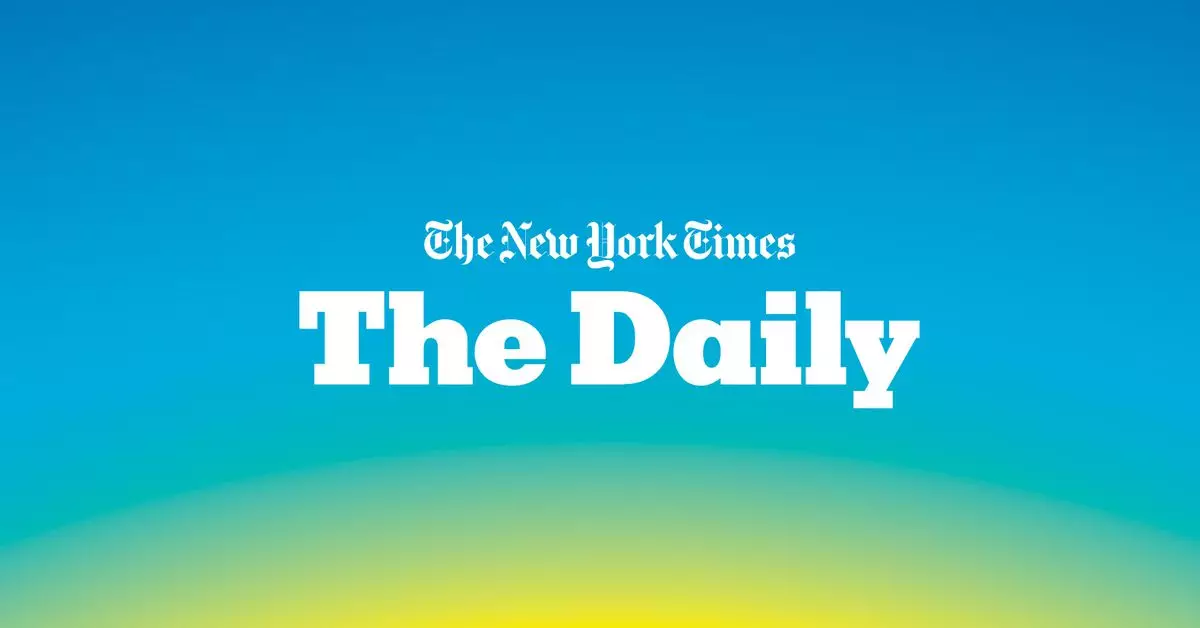In a significant move that reflects broader trends in the media landscape, The New York Times has announced a new subscription model for its podcasts. This initiative, set to launch next month, involves a paywall that will limit access to archived episodes while continuing to provide a select number of recent episodes for free. The proposal centers on a subscription fee of $6 per month or an annual payment of $50 through platforms like Spotify and Apple, marking a definitive shift in how audio journalism is consumed.
Though the Times maintains that “the most recent episodes of most of our shows” will remain free, the reality is that access will be considerably restricted. Public familiarity with shows such as *The Daily* will now be governed by the introduction of paywalls after the release of two or three episodes, with only a fleeting glimpse at the show’s full archive available to non-subscribers. This approach not only limits listeners’ access to extensive audio journalism but effectively narrows the nonprofit character of public information dissemination. While it is possible that a subscription will bolster revenue for the Times, it simultaneously jeopardizes the ease with which audiences can engage with and share critical news content.
Justifying the Paywall: A Revenue Model or an Editorial Choice?
The justification offered by Times management — to reinvest subscription revenue back into enhanced journalism and new shows — raises critical questions about the sustainability of this model. Paula Szuchman, the director of audio, and Ben Cotton, head of subscription growth, contend that the new framework is aimed at improving content quality. However, this assertion could be perceived as a double-edged sword; while it is necessary to sustain quality journalism in today’s economic climate, it also raises concerns about the increasing commercialization of what were once considered public domains. The value of journalistic integrity might be at risk if financial motivations overshadow editorial choices.
Additionally, the strategic mention of shows like *Serial*, which enjoy a highly engaged audience, hints at a larger shift in podcast consumption patterns. Listeners often engage with serialized storytelling differently, showing a deeper commitment to discovering narrative arcs that compel them to subscribe for uninterrupted access. By adapting subscription strategies based on listener behavior, the Times is acknowledging the evolving landscape of podcast ingestions while trying to capitalize on it. This targeted strategy, if executed well, could set a precedent for how audio journalism is monetized across the industry.
As The New York Times embarks on this new journey into a paid podcasting territory, industry observers and media consumers alike will be watching closely. This strategic pivot toward subscription-based models raises serious concerns about the accessibility of journalism and changes the relationship between creators and consumers. Whether it signals a trend that other media outlets will follow or becomes an outlier remains to be seen. The success of this venture will ultimately hinge on maintaining an equilibrium between revenue generation and the fundamental purpose of journalism: to inform, engage, and empower the public.

